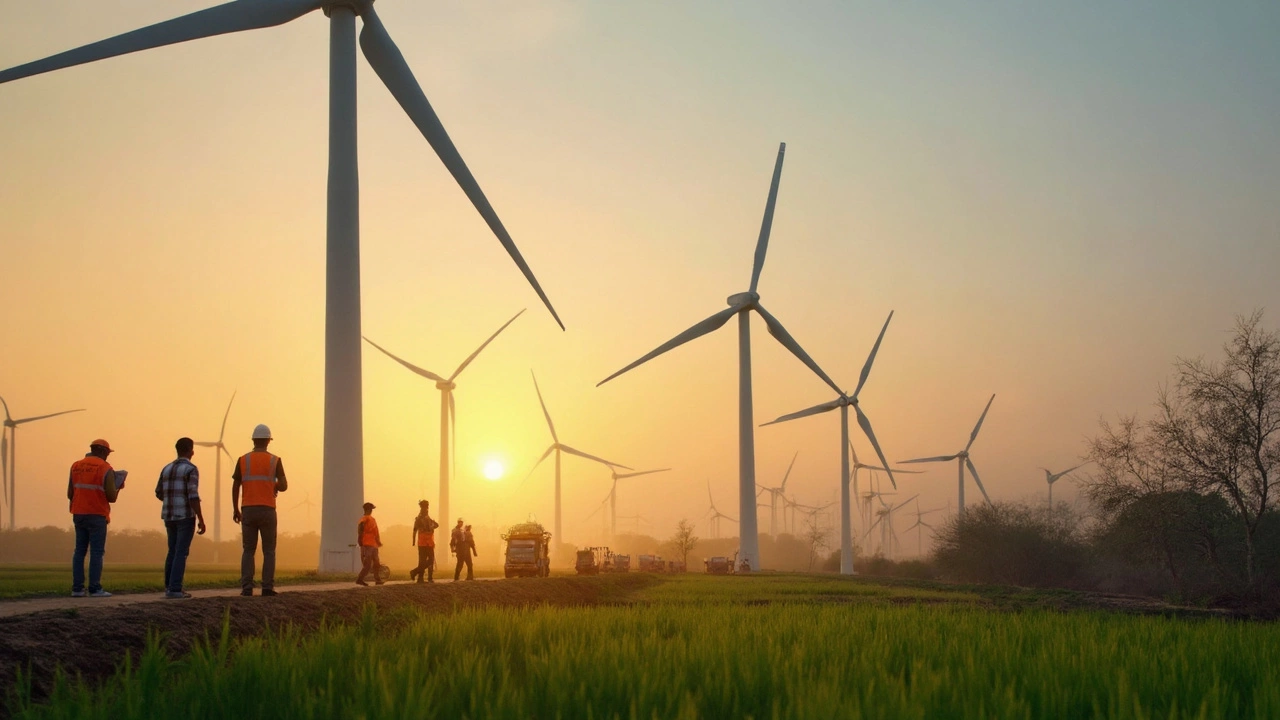Wind Energy in India: Power, Potential, and Real-World Impact
When we talk about wind energy, the process of generating electricity using the force of moving air captured by turbines. Also known as wind power, it’s the cleanest form of energy in India based on emissions, land use, and lifespan—outperforming solar, nuclear, and hydropower in real-world sustainability metrics. Unlike fossil fuels, wind doesn’t burn anything. It doesn’t produce smoke, ash, or toxic runoff. It just turns air into electricity—quietly, reliably, and at a cost lower than coal.
Wind energy isn’t just about big turbines on hills. It’s tied to renewable energy, energy sources that naturally replenish and don’t run out. It’s also part of the larger shift away from fossil fuels, where clean energy now beats traditional sources on price. In 2025, wind and solar are cheaper per unit than any coal or gas plant in India. That’s not a guess—it’s what the numbers show. And it’s not just about money. Wind farms create local jobs, reduce air pollution, and cut water use by billions of liters every year.
But here’s the thing: wind energy doesn’t work in a vacuum. It needs renewable resources, natural inputs like wind, sun, or water that can be used without being depleted. It also depends on grid infrastructure, storage solutions, and local buy-in. Some regions in Gujarat, Tamil Nadu, and Rajasthan have wind farms that power entire towns. Others struggle because the grid can’t handle the flow, or because maintenance teams aren’t trained. The real challenge isn’t the wind—it’s the systems around it.
What you’ll find below are real stories from India’s wind energy landscape. Posts that break down why wind is the cleanest energy source, how it compares to solar in cost and scale, and what’s stopping it from growing even faster. You’ll see how policy, technology, and local communities shape whether wind turbines spin—or sit idle. No fluff. No hype. Just what’s working, what’s broken, and what’s next.




